John Jacob Astor came to the United States following the Revolutionary War and through his contacts with the North West Company in Canada soon entered into the fur trade. By 1800 he was one of the leaders in the American fur trade. He also began trading furs and other items in China.
Astor envisioned a chain of trading posts on the upper Missouri River and a fleet of trading ships that would supply posts on the Columbia River. These ships would also be able to trade along the coast and supply the Russian trading posts in Alaska. The ships would then carry the furs to Canton, China where they would be traded for prized Chinese merchandise which would then be transported to the northeastern United States.
In 1808 he established the American Fur Company which sought to control the fur trade in the Great Lakes area. The Pacific Fur Company was then created as a subsidiary of the American Fur Company with the idea of controlling the fur trade along the Columbia River and providing a direct link between American furs and the Chinese market. Two decades earlier, American traders had discovered that there was an exceptionally high demand for sea otter fur in China and this could be translated into huge profits. The working partners in the new venture included three former partners in the Canadian North West Company: Alexander McKay, Donald McKenzie, and Duncan McDougal.
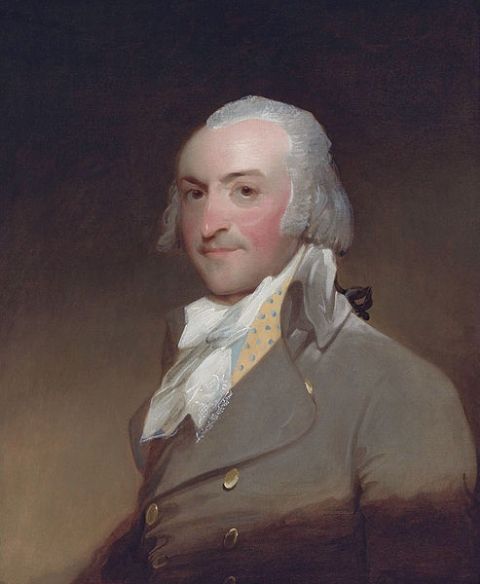
Astor is shown above.
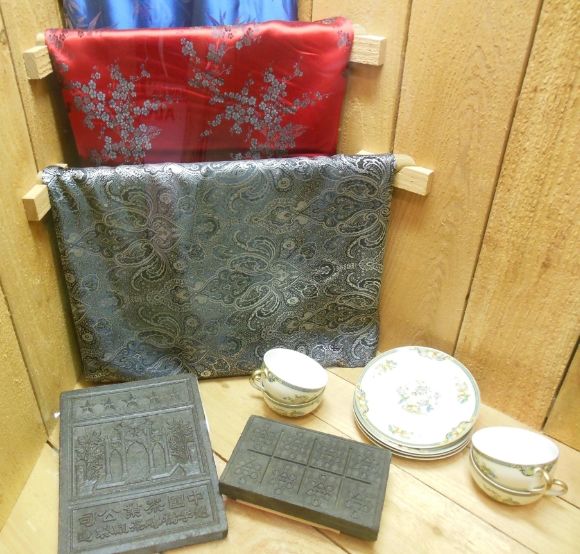
Shown above are some of the Chinese goods which the traders would bring back to the United States.
In order to create his Pacific coast fur trading empire, the Pacific Fur Company John Jacob Astor established Fort Astoria near the mouth of the Columbia River in 1811. The American traders and trappers who worked out of Fort Astoria became commonly known as Astorians. In the Pacific Northwest, the Astorians would enter into competition with the long-established Hudson’s Bay Company (whose investors lived in England) and the North West Company (the Nor’westers made up of working partners based in Montreal, Canada).
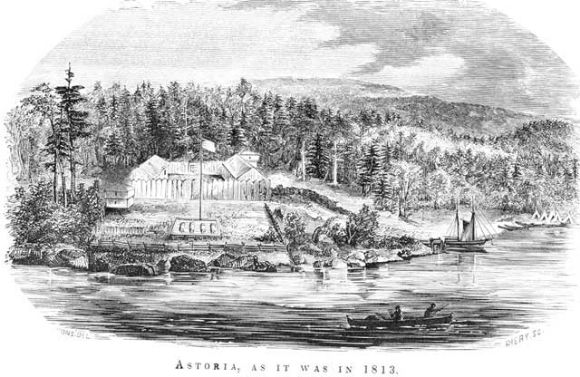
While Astor provided the capital for the new company, several partners were given a small ownership of the company and would be in command in the field. With one exception, the other partners were Canadians who had once worked for the rival North West Company.
To establish his new trading post at the mouth of the Columbia, Astor sent out two groups: one traveled by ship and the other came overland. Astor purchased a first rate ship-the Tonquin-for the voyage and filled it with $54,000 in trade goods. On its way to Oregon, the Tonquin stopped at the Hawaiian Islands where the Astorians engaged in some local trade. When they sailed for Oregon, they carried pigs, goats, sheep, and poultry which they had acquired in Hawaii as well as 24 native Hawaiians.
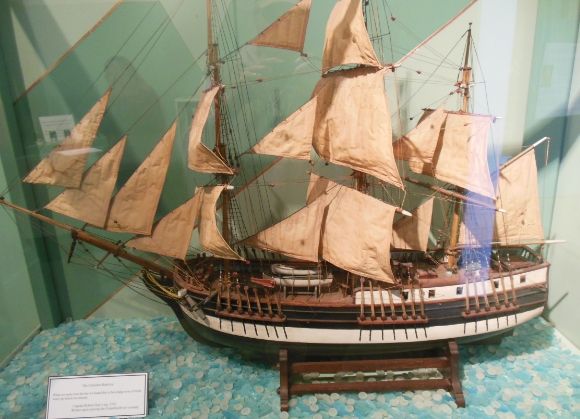
The Tonquin had been originally built in 1807 and prior to being purchased by Astor, the ship had made two trips to the Pacific and China. The ship was 94 feet long, 25 feet wide, and 12 feet deep.
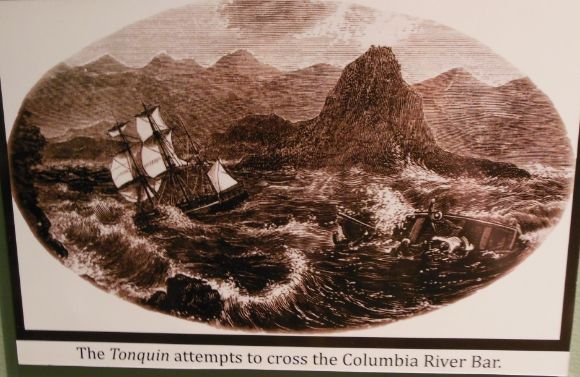
Shown above is a drawing of the Tonquin crossing the Columbia River Bar.
The ship arrived first and the Astorians set about building their new fort. As they were setting up the fort, a party of Nor’Westers under the leadership of David Thompson arrived. Thompson told the Astorians that he had already taken possession of the country upstream and had established a permanent post on the Spokane River.
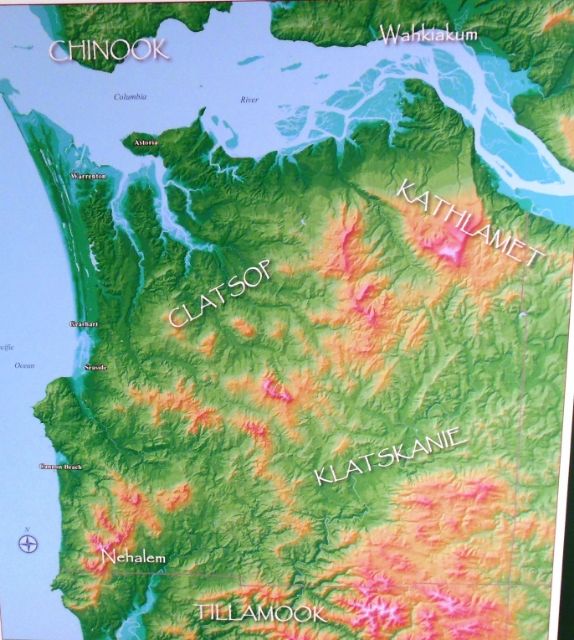
The map above shows the location of the Indian nations near Fort Astoria.
After dropping the Astorians at the mouth of the Columbia River, the ship was instructed to sail north to Alaska. Astor had been negotiating with the Russians for supplies and furs and wanted to stop the British from establishing any posts on the Pacific coast. Somewhere near Vancouver Island, British Columbia, the ship’s captain managed to insult a Native chief. The following day, a war party of more than 200 Native warriors attacked the ship. During the battle, the ship exploded killing everyone on board. The Astorians, who were counting on the ship to resupply them, were essentially marooned.
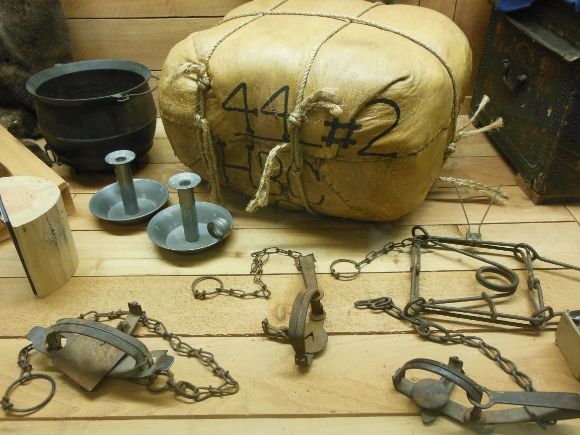
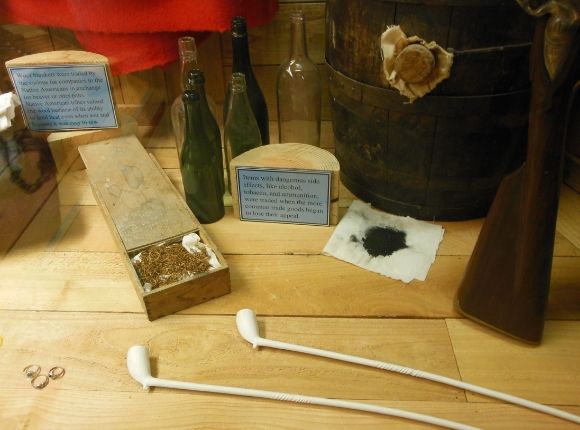
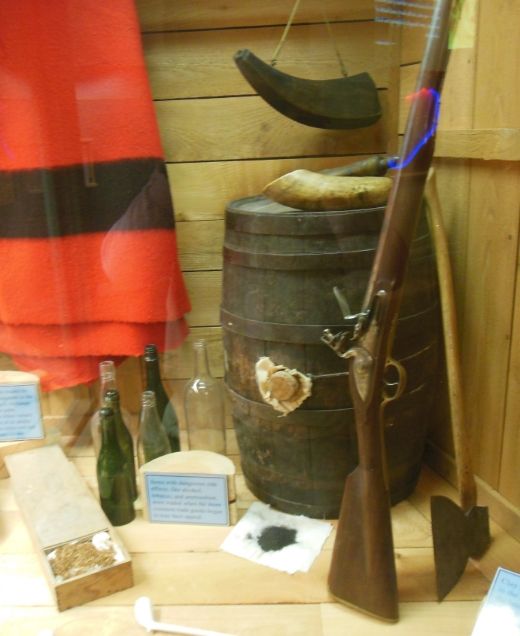
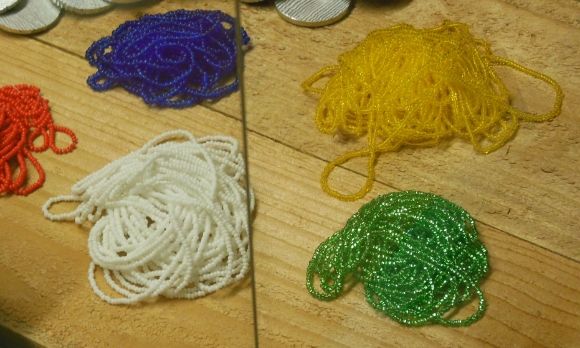
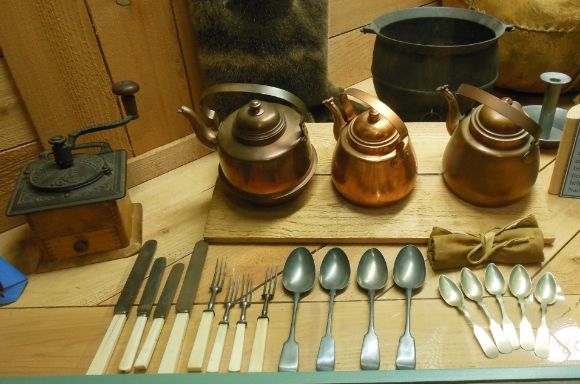
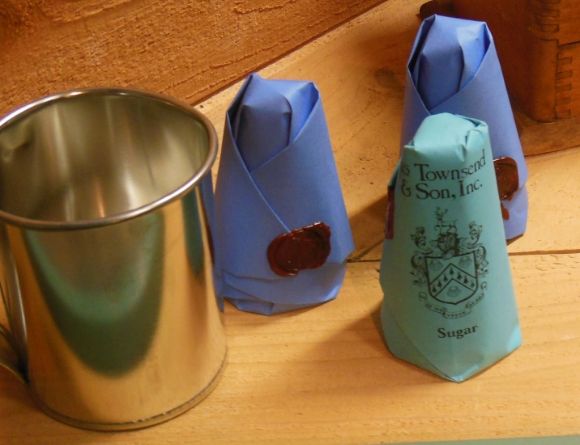
Shown above are displays of the trade goods the Astorians brought in. These displays are at the Heritage Museum in Astoria, Oregon.
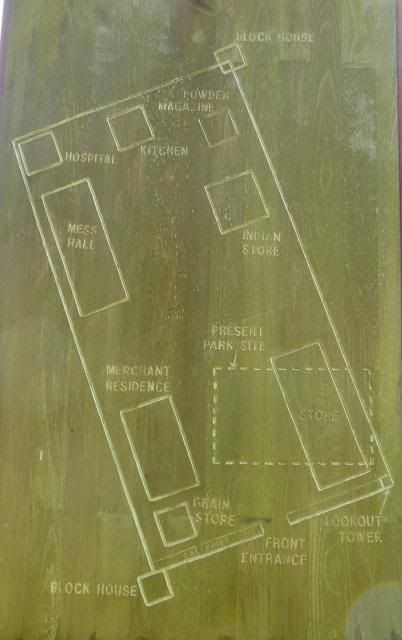
The map above shows the outline of the original fort and its buildings and the current city park commemorating the fort.
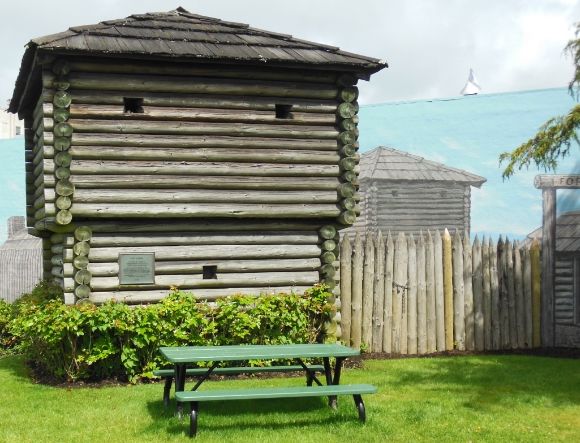
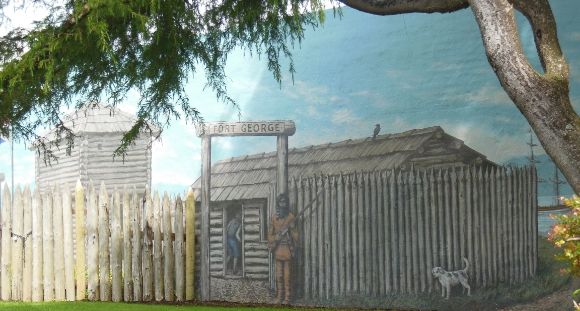
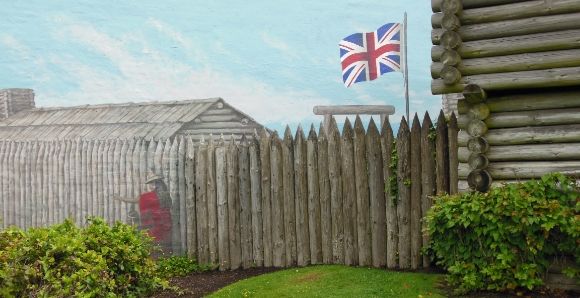
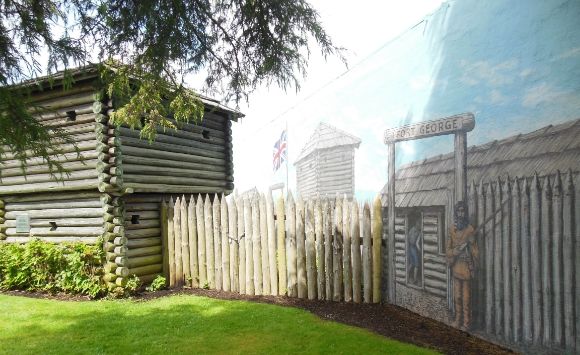
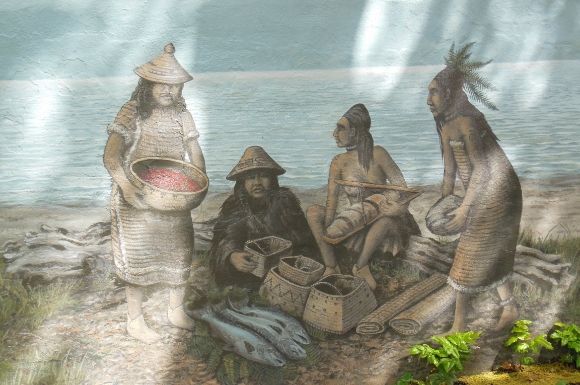
Shown above are photographs of the reconstructed blockhouse and the mural of the fort at the city park which commemorates Fort Astoria. The designation “Fort George” and the Union Jack in the mural show that the fort is depicted after the takeover by the North West Company. Notice the cranial deformation on the natives. The high forehead, achieved by binding the skull of an infant, was considered a mark of beauty.
Fort Astoria was constructed in Chinook territory, though the Americans simply ignored any possible Indian land claims. The traders dealt primarily with Chief Comcomly’s band. The American traders soon found that Chinook women were as active in the trading process as were the men.
Following the establishment of Fort Astoria, the Astorians quickly spread out to establish other trading posts along the Columbia River and its tributaries. They soon established Fort Okanogan to serve the people in the Upper Columbia River area and to provide competition with the North West Company.
In 1812, the Pacific Fur Company overland party under the leadership of Wilson Price Hunt arrived at the trading post in Astoria. The party left their goods and began the overland trip back with orders for the supplies for the coming year.
By May 1812, the Astorians had purchased 3,500 pelts for the local Indians, including 1,750 beaver, 15 sea otter, 15 squirrel, and 1 red fox.
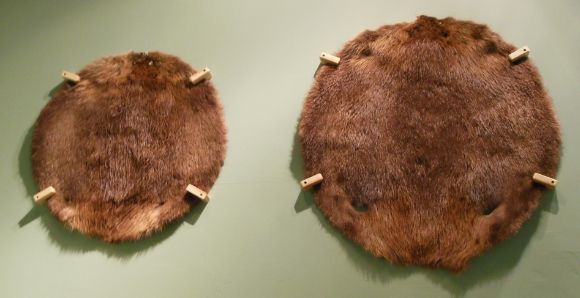
Shown above are beaver pelts which are on display at the Heritage Museum in Astoria, Oregon.
In 1812, the Pacific Fur Company established Fort Spokane a short distance from the Nor’wester trading post. It was not uncommon for rival trading companies to set up next door to each other. While they competed for furs, the two groups mixed socially. The American post boasted a dance hall where the Nor’westers and Astorians would mix.
In 1812, Pacific Fur Company trader Donald McKenzie established a fur trading post at the confluence of the Snake and Clearwater Rivers near present-day Lewiston, Idaho in Nez Perce country. McKenzie soon became discouraged by: (1) the reluctance of the Nez Perce to trap for the company, and (2) the relative lack of fur-bearing animals in the area. Historian Alvin Josephy reports the trading post failure this way:
“The Nez Perce were willing to trade things they owned or produced, like clothing, food, and horses, but they were not willing to become beaver trappers and laborers for the whites.”
In addition, while the Palouse and Nez Perce were interested in the manufactured goods, they felt that the prices were too high.
In 1813, Pacific Fur Company trader Duncan McDougall married the daughter of Chinook chief Comcomly. From Comcomly’s perspective, having McDougall as a son-in-law increased his access to goods which in turn increased his prestige. From the Astorian viewpoint, the marriage into one of the most powerful Native families in the region provided the company with economic and physical security.
In 1813, Pacific Fur Company trader John Clarke traveled from the Spokane River area to the Palouse village of Palus where he prepared his canoes for the journey down the Snake and Columbia Rivers. In order to impress the Indians, he brought out two silver goblets, poured a little wine in one of them, and had a chief drink from it. The next morning, the trader found that one of the goblets was missing. After the goblet was recovered, traders then hung the man believed to have taken the goblet. The incident provoked hostility toward the Americans from all of the neighboring tribes. Americans would later find that Indians have long memories.
In Idaho, the Pacific Fur Company established a trading post at the confluence of the Snake and Boise Rivers. The post was located at a traditional Bannock summer camping area where the people fished for salmon. The Bannock were not happy about the post’s location.
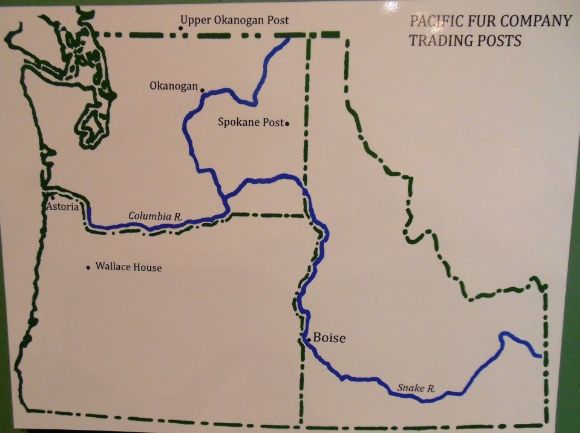
In January 1813, Donald McKenzie, one of the “working” partners arrived at Fort Astoria with the news that the United States was now at war with Great Britain. There were rumors that two British warships were sailing to Astoria to take over the post. The two working partners at the post, McKenzie and Duncan McDougall, began making plans to abandon Astoria.
In October 1813, 75 Nor’westers arrived at Fort Astoria and set up camp outside the stockade. The Nor’westers and the Astorians were long-time veterans in the fur trade and knew each other well. Talks between the two groups were friendly and soon they struck a deal to sell Astoria to the Nor’westers for $58,000. When the British corvette Racoon arrived in Astoria two months later with orders to seize Fort Astoria from the Americans, Captain William Black was surprised to find the British flag already flying over the fort. He was also surprised at the size and construction of the fort:
“What, is this the fort I have heard so much of? Great God, I could batter it down with a four-pounder in two hours!”
Captain Black was under orders to seize the fort, so he insisted on a formal surrender ceremony. The American flag was once again run up the flagpole, then taken down and once again replaced with the Union Jack. Captain Black officially named Astoria Fort George, after King George.
With the takeover by the Nor’westers, Fort Spokane was also transferred to the new owners and was designated Spokane House. Most of those who worked there, however, continued to refer to it as Fort Spokane.
The Nor’westers continued to operate Fort George until their merger with Hudson’s Bay Company (HBC) in 1821. At the time of the merger, the Nor’westers had 97 trading posts and HBC had 76. In 1825, the post was abandoned when HBC moved its quarters to Fort Vancouver. Part of the reason for abandoning Fort George was to break Chinook chief Comcomly’s monopoly on trade in the lower Columbia.
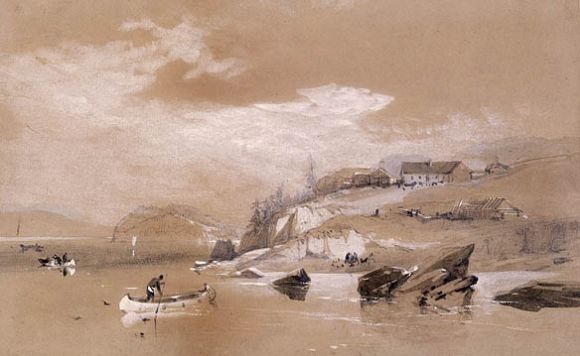
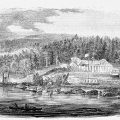
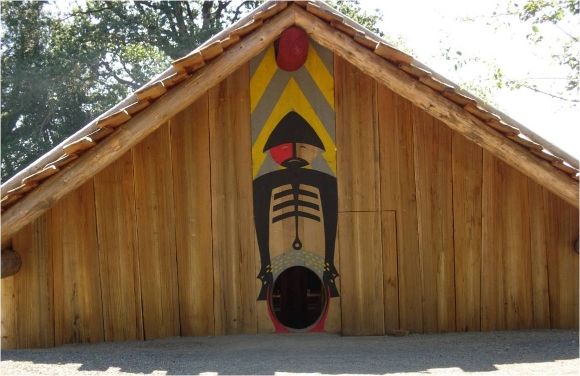
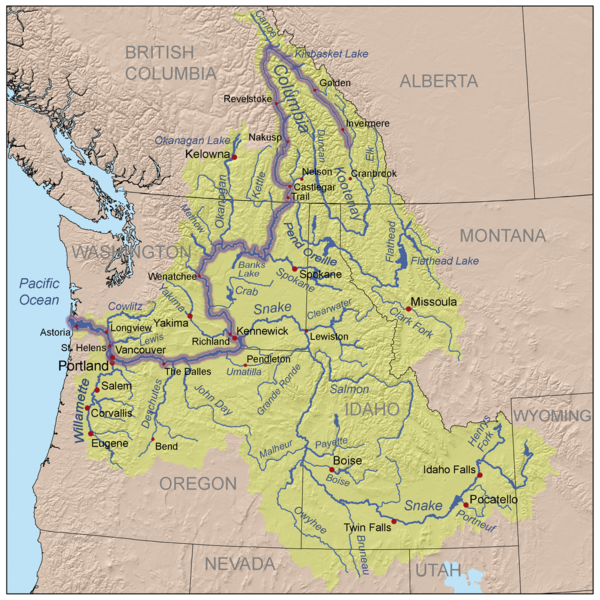
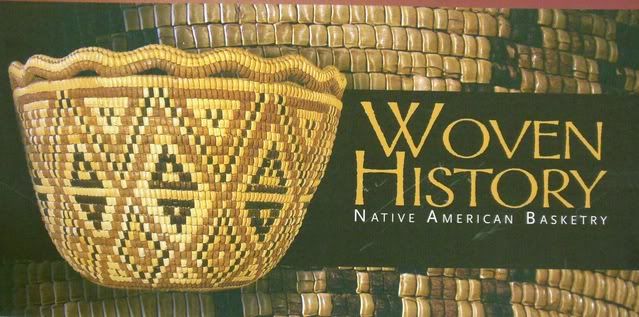
Leave a Reply